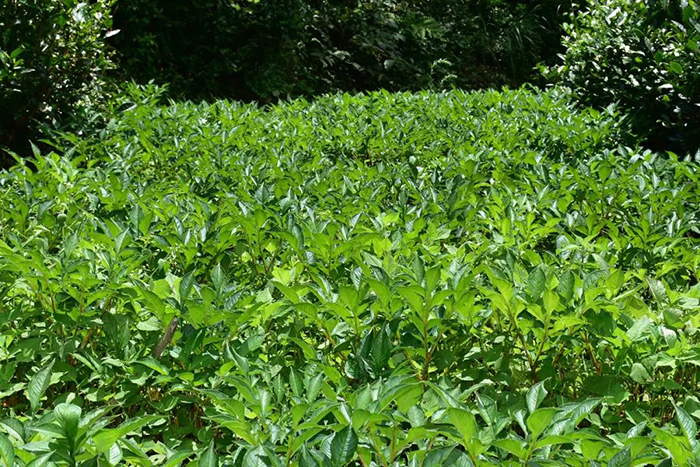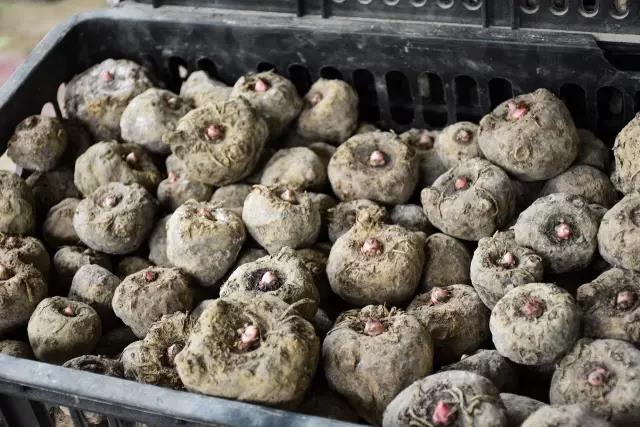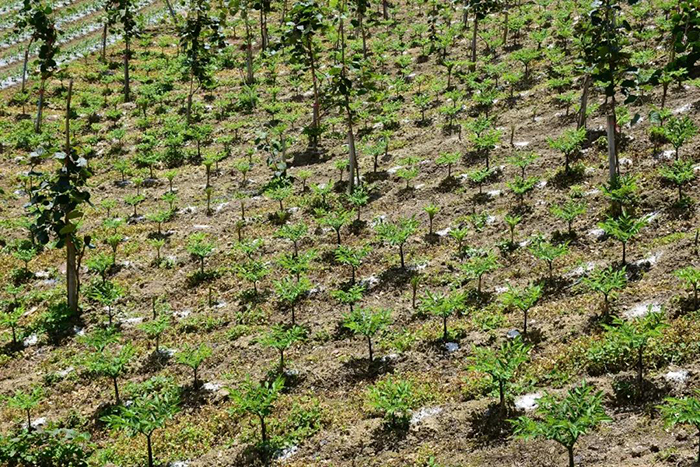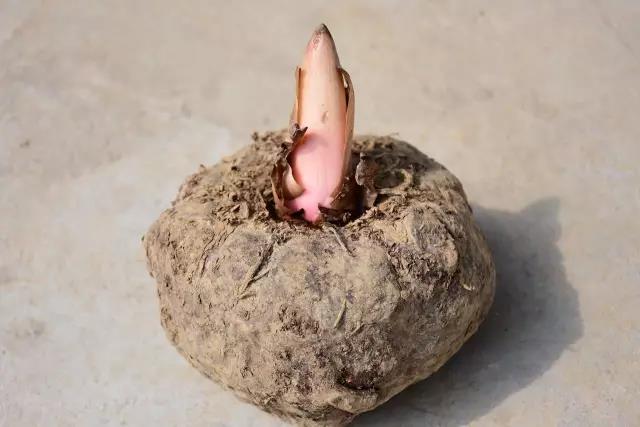
Generally, the growth and development of konjac is divided into five stages, each stage has its characteristics and related precautions. Among them, special attention should be paid to the control of grass from the seedling stage to the head-changing stage, and the prevention of high temperature and disease during the expansion stage. Of course, production is a continuous activity, and every link is very important, and must be diligent enough.
The growth and development of konjac are divided into five stages: dormancy period, seedling period, head-changing period, swelling period and mature period.
1. Dormancy period. The dormant period of konjac is very long, from the first ten days of March of the second year after harvesting, it takes almost half a year. In the first month after harvest, the bulbs have high water content, strong respiration, strong internal metabolism, and strong amylase and catalase activities. At this time, the bulbs are not easy to store and are more prone to rot. From late November to early January of the following year, the metabolic activity weakened, and after the next two months, to early March, as the temperature rose, the metabolic activity gradually strengthened, the konjac began to slowly wake up from dormancy, and the top buds began to germinate.

2. Seedling stage. Approximately when the natural environment reaches a starting temperature of 15°C, the top buds germinate and enter the seedling stage. This is the sowing season of konjac. The germination temperature is 20-25℃. If the temperature is too high, the germination speed will increase, but the plants will become weak accordingly. Seedlings begin to emerge about 50 days after sowing, and the seedlings are still wrapped in scales. The spreading speed of the leaves varies greatly. If the unfolded small leaves are too late or the unfolded small leaves are in atrophied form, or even some cannot be unfolded, then the disease has occurred, and the result is that they will fall down and die soon.

Under normal circumstances, the underground root system is already growing vigorously before the compound leaves are extended. Generally speaking, effective control of weeds must be carried out during this period to prevent the weeds from being unable to be cleaned up in the next stage.
3. Change the first period. The seed taro transfers part of its nutrients to the above-ground plants through the vascular tissue, and the other part transfers and stores the roots of the buds to form a new tuber. The original seed taro depletes the nutrients and dries up. The new tubers slowly get the nutrients from the mother. It grows and finally breaks away from the mother taro, and the mother taro gradually shrinks and disappears. This process of replacing the old with the new is called head-changing.

The head-changing period generally ends around the first ten days of July, and then enters the vigorous growth period, the plants begin to grow rapidly, and the tissue morphological differentiation of the new tubers is completed. During this period, the effective supply of water and fertilizer is very decisive for the later tuber enlargement. In addition, avoid artificial weeding from the beginning of this period, otherwise the developed root system of konjac is easy to be destroyed.
4. Expansion period. After the head change is completed, the new tubers begin to swell rapidly, the plant growth reaches its peak, and the amount of new roots decreases. From the beginning of July to the end of September, nearly 3 months.

In addition to paying attention to the effective supply of water and fertilizer during this period, attention should also be paid to preventing soft rot and other diseases and insect pests. High temperature and high humidity are often the cause of disease. Yield and quality are also determined during this period, so this is the period that requires the most attention. In addition, pay attention to more observation and less travel between plants to avoid physical damage to delicate plants.
5. Mature period. From mid-September to the end of October, the accumulation of polysaccharides such as glucomannan in the bulbs gradually slowed down, the growth rate of dry matter decreased, and the plants stopped growing and gradually withered until they fell down, and the bulbs tended to mature.

In the maturity period, a one-year gain is a foregone conclusion. The important point to note is that the accumulation of dry matter will continue for about half a month after the plant falls. After the plants fall for half a month, the root system has shrunk completely, and then it is more appropriate to excavate.